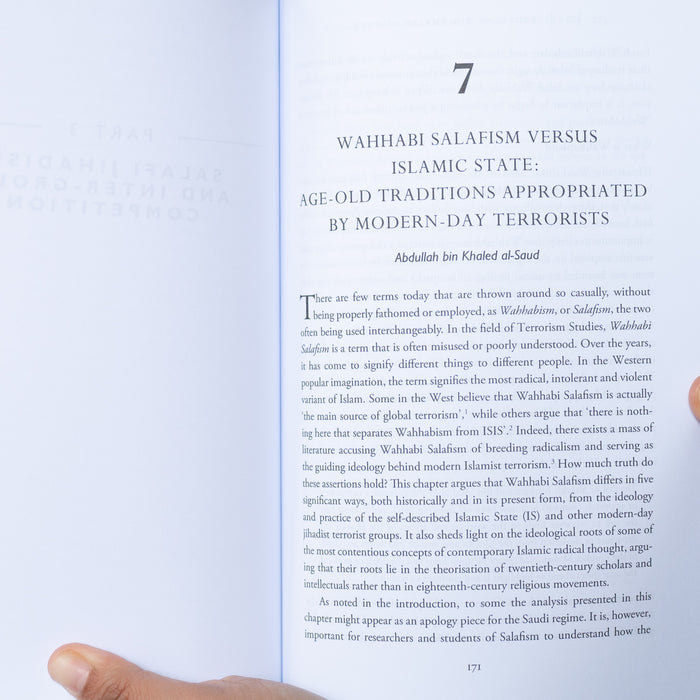
Salafi Social and Political Movements
Masooda Bano (editor)
Paperback, 312 pages
9781474479134
National and Transnational Contexts
This book introduces the history of the rise and spread of Salafism during the 20th century as a global Islamic reform movement. It also explains Salafi tools of methodological reasoning: traditionally used to justify highly conservative positions, they now appear equally effective in defending more liberal life choices. The collection will help readers to appreciate the diversity of Salafi movements, as well as the significance of the ongoing socio-economic and political changes within Saudi Arabia and the wider Muslim world that are enabling shifts to this conservative Islamic scholarly tradition.
Starting in late 2017, Saudi Arabia embarked on a series of reforms reversing many socially restrictive policies long associated with Salafism. These developments have triggered critical questions about the future of Salafism, crucially: is this the end for the most influential puritanical Islamic reform movement of the 20th century?
Contents
Part I: Changes in Salafi Thought
1. Salafism: The Core Critiques
2. In Today’s Saudi Arabia: the State, the Society and the Scholars
3. Islamist Salafi Discourses on Obedience and Rebellion after the Arab Revolutions
Part II: Salafi Movements on the Ground
4. Quietist ‘Scholastic’ Salafism in Morocco since the Arab Spring
5. Between Da‘wa and Politics: the Changing Dynamics of Egypt’s Ansar al-Sunna, 2011–2013
6. Salafi Leadership outside Saudi Arabia: Hakim al-Mutairi and the Umma Party of Kuwait
Part III: Salafi Jihadism and Inter-Group Competition
7. Wahhabi Salafism versus the Islamic State: Age-Old Traditions Appropriated by Modern-day Terrorists
8. Fratricidal Jihadism Revisited: the Complex Nature of Intra-Jihadi Conflict
9. Ahrar al-Sham’s Politicisation during the Syrian Conflict
10. Filling Gaps Left by the Muslim Brotherhood: Experience in Palestine
Conclusion: Salafism in the 21st Century






